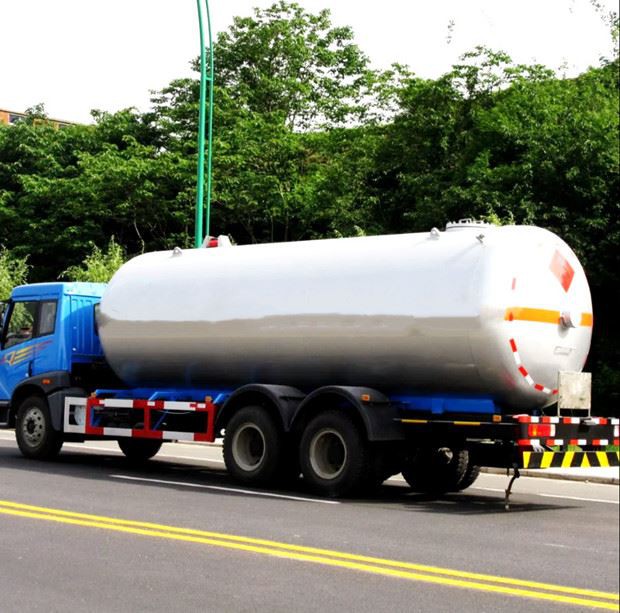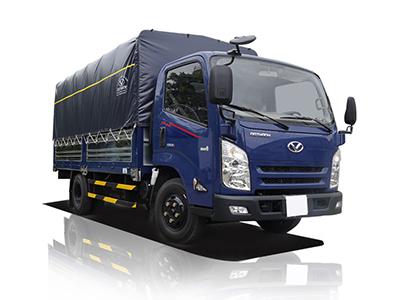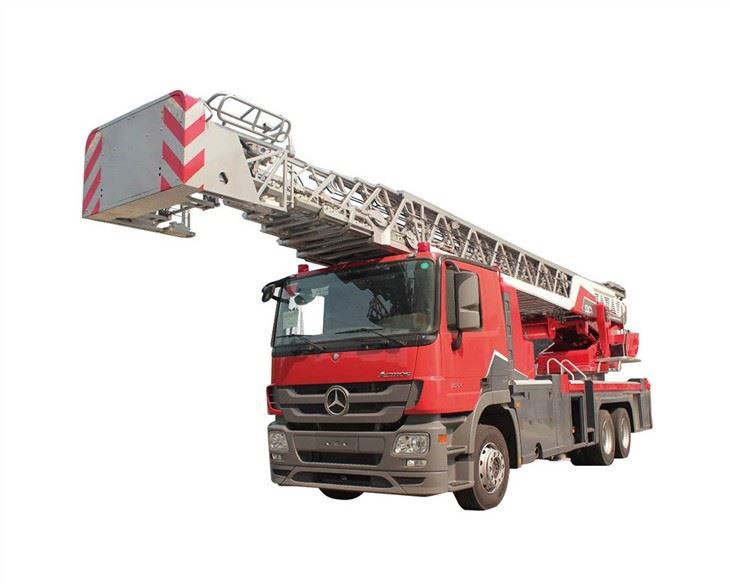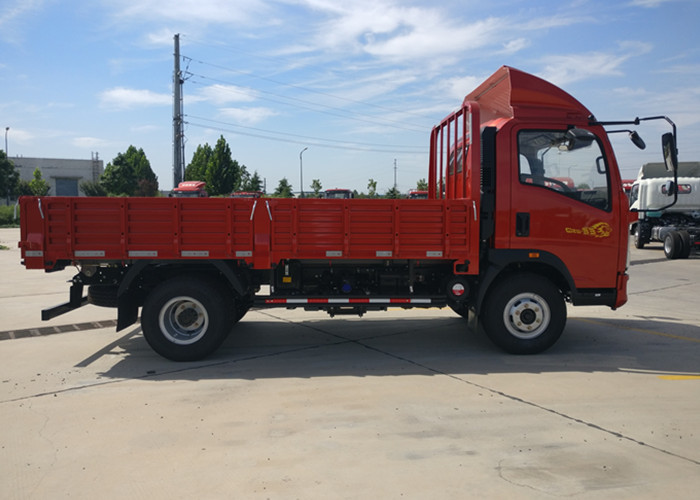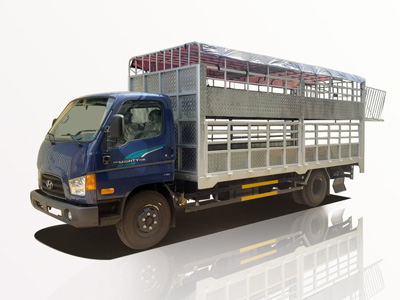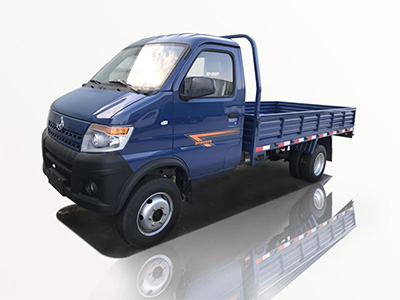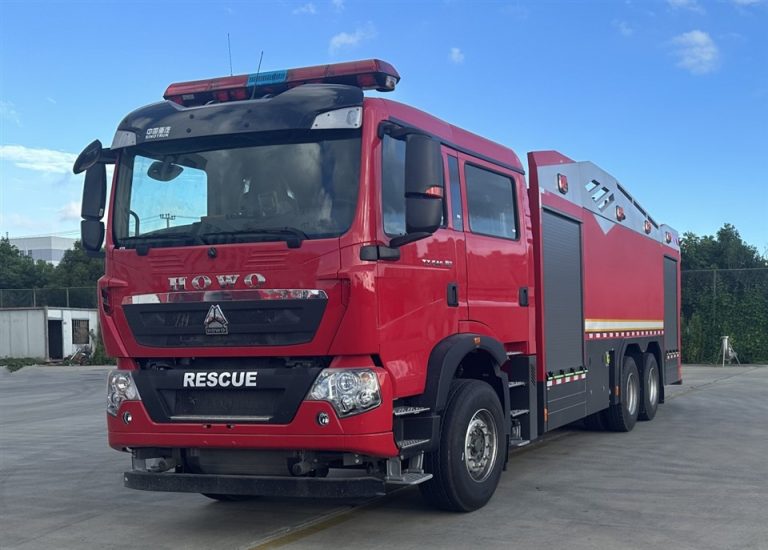When it comes to construction projects, understanding the capacity of various equipment is crucial. One essential piece of equipment is the cement truck, which plays a vital role in delivering concrete to construction sites. If you’ve ever wondered, “How much can a cement truck hold?” you’re not alone. This article aims to provide an in-depth understanding of cement truck capacities, specifications, types, and their factors influencing load capacity.
Understanding Cement Truck Capacities
Cement trucks, commonly known as concrete mixers, come in various sizes and configurations. Their capacity is typically measured in cubic yards or cubic meters, indicating how much concrete they can deliver in a single trip. The most common capacity for standard cement trucks ranges from 8 to 14 cubic yards, but variations exist based on truck type and local regulations.
Measuring Concrete Capacity
The capacity of a cement truck refers to the volume of concrete it can hold when fully loaded. Concrete density should also be considered as it impacts the overall weight the truck can carry. A standard cubic yard of concrete weighs about 4,000 pounds (or approximately 1.9 tons). This weight affects the load a truck can safely transport.
| Concrete Volume (Cubic Yards) | Weight (Pounds) | Weight (Tons) |
|---|---|---|
| 1 | 4,000 | 2 |
| 5 | 20,000 | 10 |
| 10 | 40,000 | 20 |
| 14 | 56,000 | 28 |
Types of Cement Trucks
Different types of cement trucks are designed for specific capacities and purposes. Understanding these types can help you choose the right truck for your project. Here are the primary types of cement trucks:
1. Standard Transit Mixers
Standard transit mixers are the most common type of cement trucks. They usually have a capacity ranging from 8 to 14 cubic yards. These trucks mix concrete during transit, ensuring it remains fresh until it reaches the job site.
2. Mini Mixers
Mini mixers are smaller versions of standard transit mixers, typically holding between 2 to 6 cubic yards of concrete. They are ideal for small jobs, residential projects, or tight spaces where larger trucks cannot maneuver.
3. Truck-Mounted Concrete Pumps
Truck-mounted concrete pumps combine a cement truck with a pumping system, allowing for precise placement of concrete in hard-to-reach areas. Their capacity can vary but usually ranges between 10 to 14 cubic yards, similar to standard mixers.
4. Volumetric Mixers
Volumetric mixers store dry ingredients and mix them on-site. This allows for precise control over the amount of concrete produced. Their capacities can vary widely, but they can typically produce between 10 to 12 cubic yards of fresh concrete.
Factors Influencing Cement Truck Capacity
Several factors can influence the load capacity of cement trucks. Here are the main ones:
1. Truck Size and Configuration
The size and configuration of a cement truck can significantly affect its capacity. Larger trucks can accommodate more concrete, while smaller models are limited by their design.
2. Local Regulations
Certain regions impose weight limits on vehicles, including cement trucks. These regulations can influence how much concrete a truck can carry, even if its physical capacity is higher.
3. Concrete Density
Concrete can vary in density based on its composition (e.g., adding lightweight aggregates). A heavier concrete mix may lead to reduced capacity due to weight restrictions.
4. Weather Conditions
Weather conditions can also affect the concrete’s consistency and curing process. In extreme temperatures, truckloads may need to be adjusted to maintain quality.
Practical Examples of Cement Truck Loads
To illustrate how much a cement truck can hold, let’s explore some practical examples across various project types:
Residential Construction
For a typical residential foundation, you may need about 10 cubic yards of concrete. A standard cement truck can deliver this load in one trip, ensuring the job is completed efficiently.
Commercial Construction
In a commercial setting, larger structures may require 40 or more cubic yards of concrete. In this case, multiple trips or several trucks may be needed to meet the demand.
Roadwork and Infrastructure
Roadwork often demands thousands of cubic yards of concrete, necessitating a fleet of cement trucks operating simultaneously to deliver the required volume within a tight construction schedule.
Tips for Using Cement Trucks
Using cement trucks effectively requires planning and coordination. Here are several tips to help ensure a smooth operation:
1. Plan Deliveries Wisely
Schedule concrete deliveries during off-peak hours to avoid traffic delays. This will ensure that trucks can reach the site on time to maintain workflow.
2. Understand Truck Limitations
Always be aware of the truck’s weight limits and capacity. Overloading can lead to safety issues and potential fines.
3. Communicate with Your Driver
Maintain open communication with the truck driver to ensure clarity regarding delivery times and any specific site requirements.
4. Prepare the Site
Ensure the site is accessible and ready for the concrete delivery. Remove obstacles that could hinder the truck’s approach or positioning.
5. Monitor Weather Conditions
Keep an eye on the weather forecast. Rain or extreme heat can impact the quality of the concrete and needs to be managed effectively.
Frequently Asked Questions (FAQs)
1. How many cubic yards can a typical cement truck hold?
A typical cement truck can hold between 8 to 14 cubic yards of concrete, depending on its size and configuration.
2. What is the weight limit for a cement truck?
The weight limit for cement trucks commonly ranges from 80,000 pounds (approximately 40 tons), but this can vary based on local regulations.
3. Can a cement truck mix concrete on-site?
Yes, most standard transit mixers mix concrete during transit, ensuring it stays fresh and ready for immediate use upon arrival at the job site.
4. How can I determine how much concrete I need for my project?
You can calculate concrete needs by measuring the dimensions of the area to be filled (length, width, and depth) and converting this volume into cubic yards.
5. What should I do if I have leftover concrete?
If you have leftover concrete, you can store it properly for future use, recycle it, or find local projects that may welcome the extra material.
6. What factors can affect the setting time of concrete?
Factors include temperature, humidity, the composition of the concrete mix, and wind conditions, which can all influence how quickly concrete sets.
